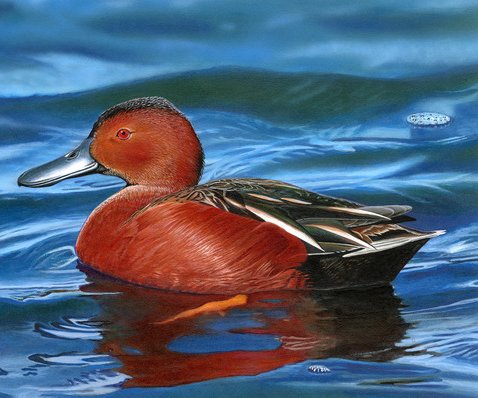A removal effort is designed to
eradicate an invasive algae species identified in Newport Bay in March 2021.
Invasive Algae Removal Project Now Underway





